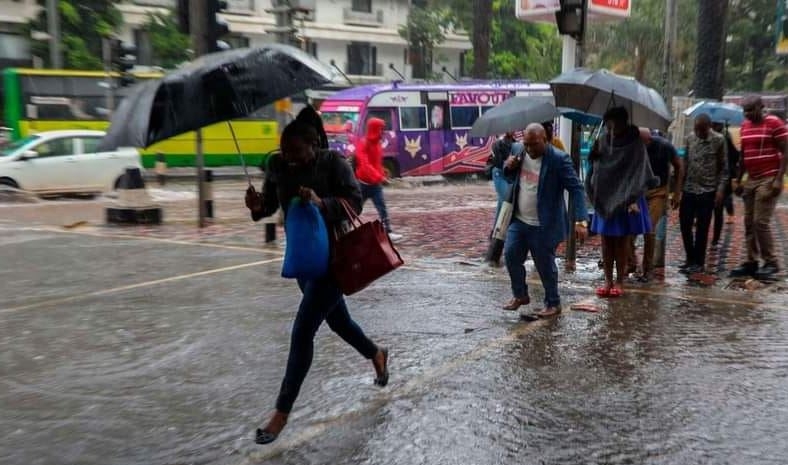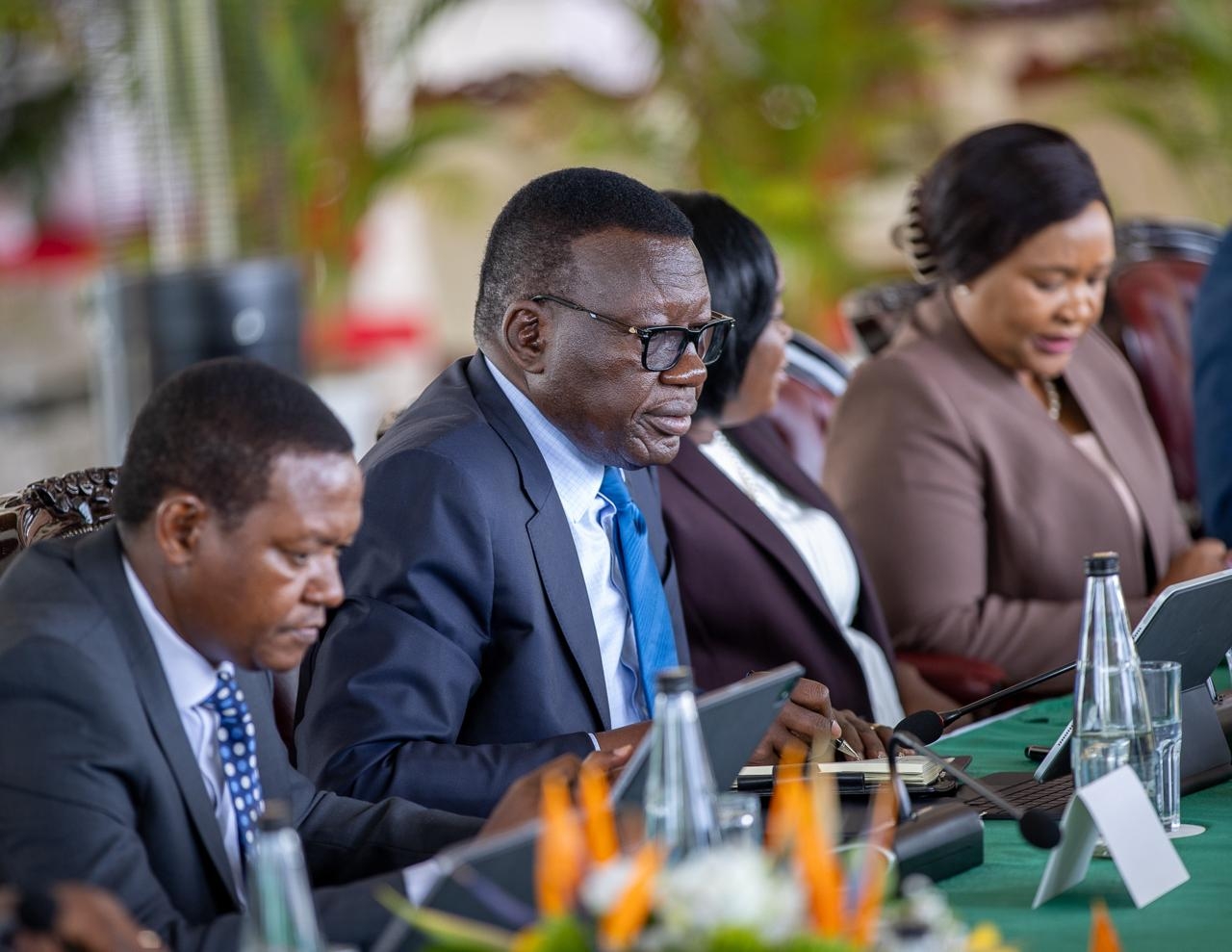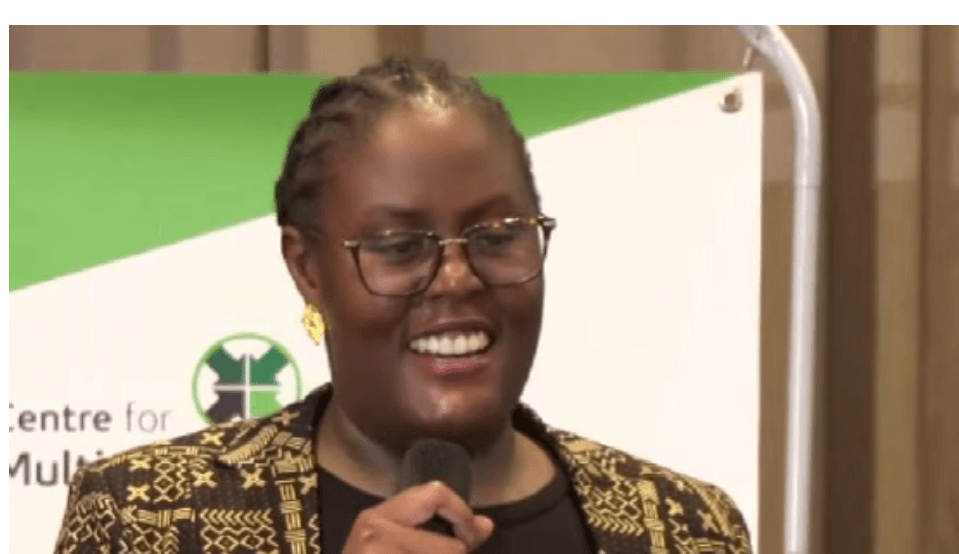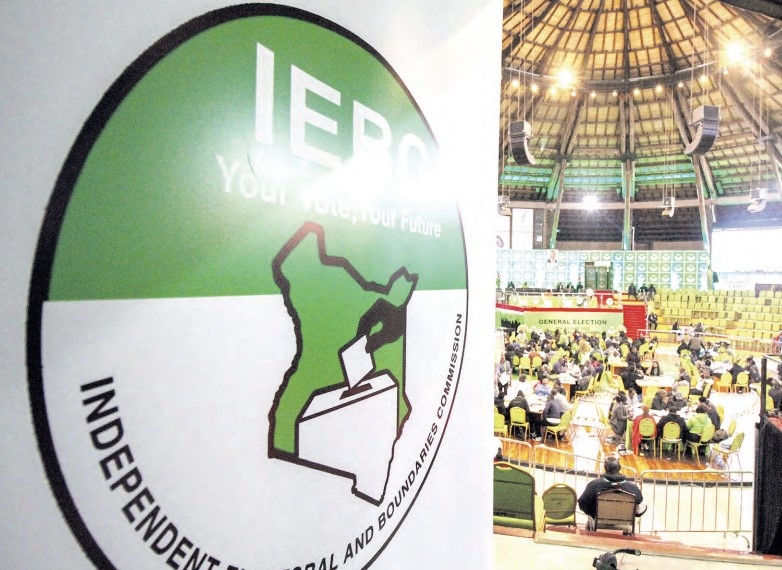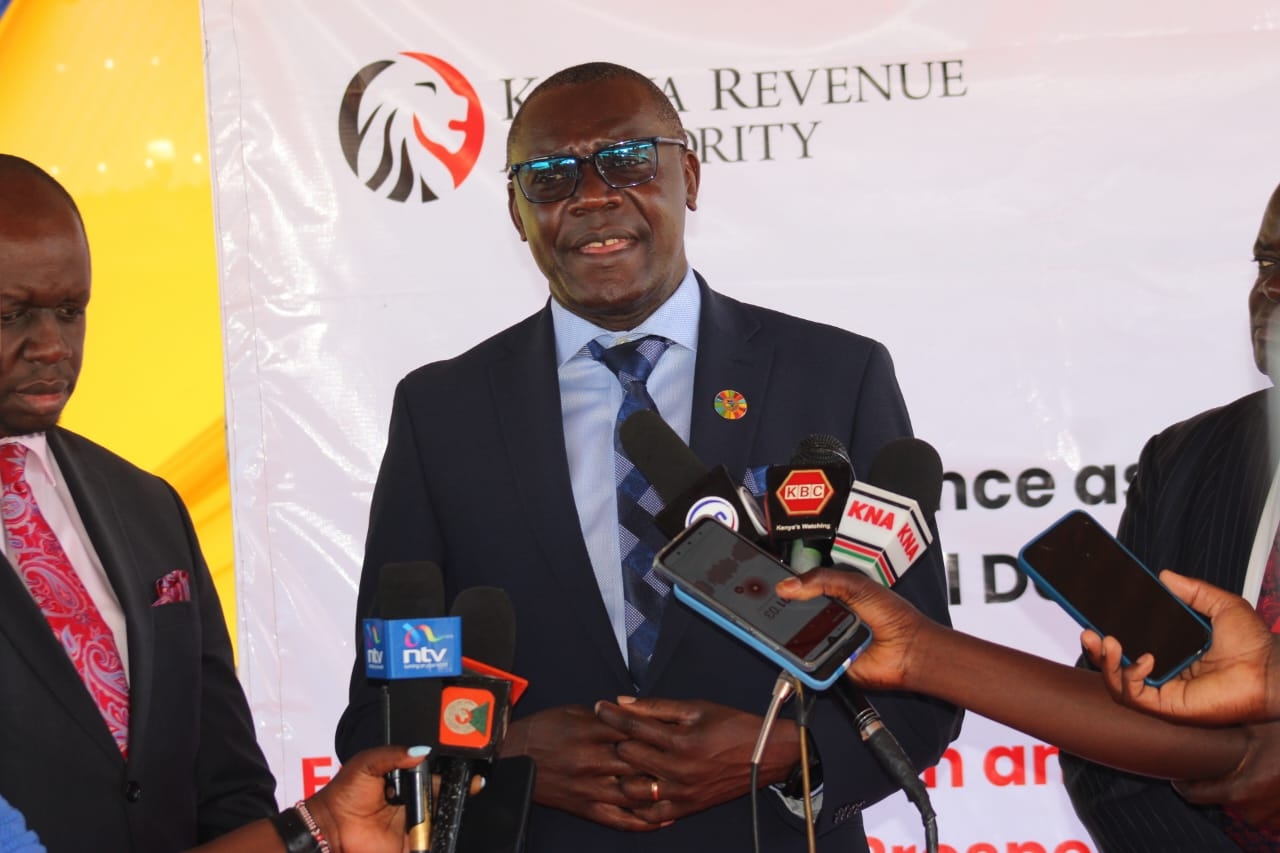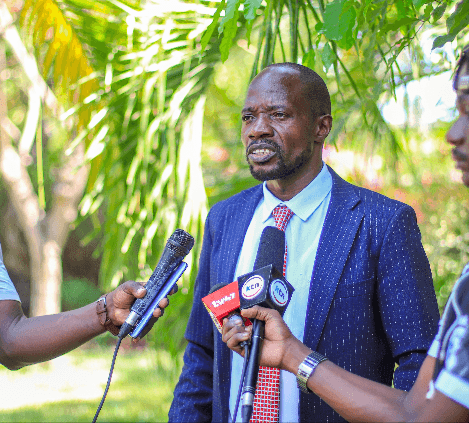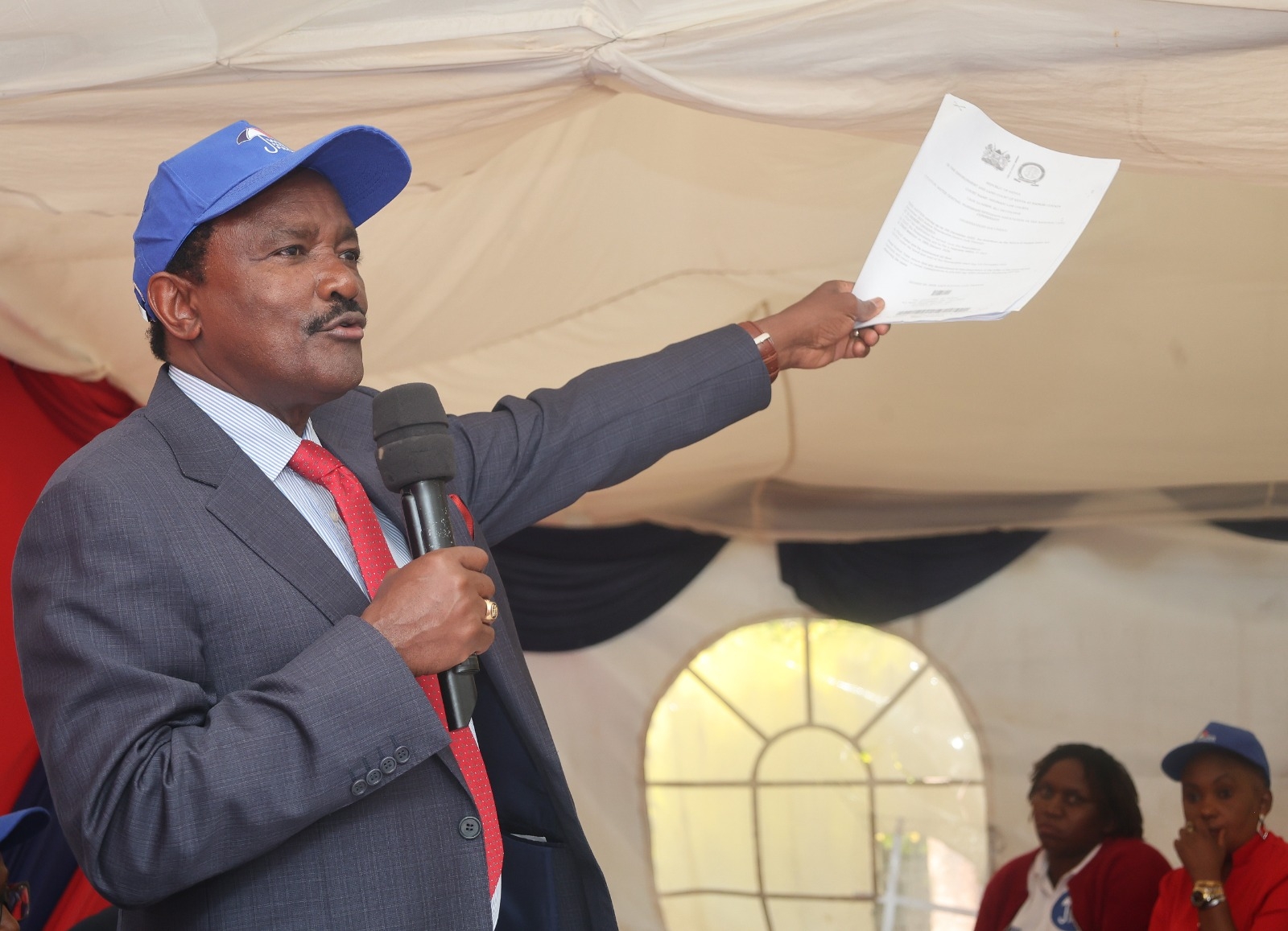Ever thought of becoming a green entrepreneur? You should be thinking about it because there is Sh17 trillion worth of market opportunities awaiting small businesses.
That's the figure quoted by the Aspen Network of Development Entrepreneurs. The Network predicts huge opportunities for small and micro enterprises investing in energy efficiency, renewable energy, cleaner fuels, sustainable agriculture and aquaculture and sustainable forestry.
To make sense of what Sh17 trillion means, it's almost five times the government’s budget for the financial year starting July 2023.
Further market opportunities for green entrepreneurs will open up in ecotourism, sustainable transportation, water management, waste management, green buildings and disaster management. However, local business owners told ANDE surveyors that getting money to invest in green enterprises was the biggest challenge.
Not surprisingly, foreign organisations dominate green entrepreneurship. "The green entrepreneurial ecosystem in Kenya remains heavily influenced by international players, with about half of the support organisations, including 70 per cent of finance providers, being headquartered outside of Kenya," ANDE noted in its survey.
Green entrepreneurship is not only about waste recycling, green energy and planting trees. The Institute of Entrepreneurship Development (IED) describes green entrepreneurs as people with innovative business ideas that solve environmental and social problems. It is not enough to start recycling waste but are you making any money out of it? It's great that your business is planting trees but does that activity increase your profits? How long can you sustain that activity?
Kenyan entrepreneurs are quick to spot opportunities whenever they arise. Many are already actively participating in green entrepreneurship. A good example is the global design competition that encourages fashion designers to address environmental problems. The competition known as 'What Design Can Do' attracted 66 entries from Kenya, the highest number of applications of any country in the world.
The Kenyan company that got the highest points is Rethread Africa. The company is turning plant residues into fabrics that go into making fashionable clothing. Their source of plant residue is maize husks and the notorious water hyacinth.
"The impact of Rethread Africa's work goes beyond innovative fabric production. They are also tackling the issue of water hyacinth, an invasive aquatic plant that plagues water bodies," Benjamin Mwanza of the Kenya Climate Innovation Centre explains.
"By transforming this waste into material for athleisure wear, Rethread Africa demonstrates their commitment to utilising existing resources and addressing multiple environmental challenges simultaneously."
From Uganda and the Netherlands, a company called Coolbricks also emerged as a winner with stabilised bricks made from cow dung. Their mission is to provide low-income families with affordable housing solutions that are truly affordable, safe and circular. The bricks are suitable for people whose construction budget is less than Sh800,000 for a three-roomed house.
Each of the winning entries in the 'What Design Can Do' challenge will receive 10,000 Euros in funding (Sh1.5 million) and access to a development programme that will help scale up their ideas.



